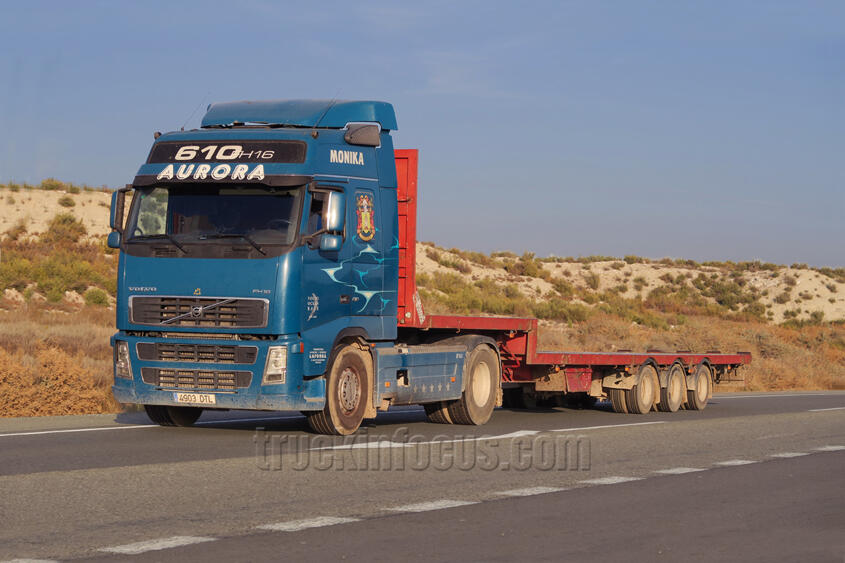The Volvo Chronicle
Page 9
By Christoph Büch (Berlin 2024)
From 1991, Volvo had also developed special conventional versions for the Brazilian and North American markets. The NL 10 and NL 12 models were designed exclusively for the South American market and had a pure-bred Volvo powertrain. In Sweden, production of N-series conventional trucks ended. In 1996, Volvo introduced the VN series in North America, which received an even longer hood than the Brazilian NL series thanks to liberal U.S. length regulations. In the U.S., customers also had free choice among various powertrain combinations: Volvo engines and American alternatives were available. The development of Volvo trucks in South and North America is covered separately in the truckinfocus.com encyclopedia.
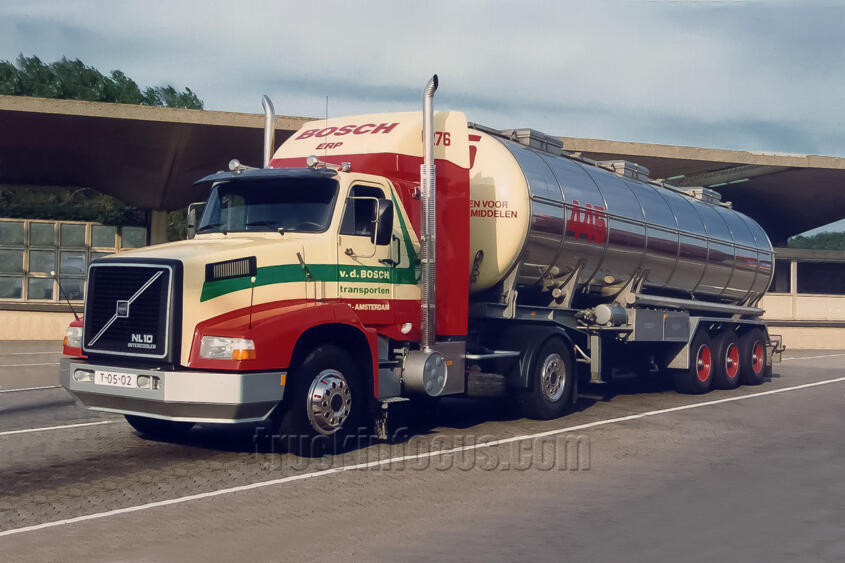
In 1994, the company separated from Renault because the Swedish shareholders preferred independence due to the good business situation at Volvo. Worldwide sales had risen from 52,000 to 68,000 trucks within a year in 1994. Volvo's market share in Europe's heavy truck class rose to 17.5 percent by 1995, nearly matching Mercedes-Benz's 19 percent. In addition to the well-known production facilities in Scotland, Belgium, the U.S. and Brazil, an assembly plant was also built in India at the end of the 1990s. An extensive service network with 70 locations in Japan was also established.
As a successor to the medium-duty FL series, Volvo introduced the FM series in 1998. Alongside Forward Light (FL) and Forward High (FH), FM stands for Forward Medium. Externally largely similar to the FH series, the technology of both series was also closely related. In the FH, a new 12-liter six-cylinder engine with 460 hp and 2,200 Nm of torque was now available. Also new were electronically controlled disc brakes, a new retarder and a new version of the Geartronic automatic gearshift. At the end of the 1990s, the engines were gradually converted to the Euro 3 standard. In 1998, 85,000 trucks rolled off the assembly lines, 42,000 in Europe, 30,000 in North America, and about 5,000 each in South America and Asia.
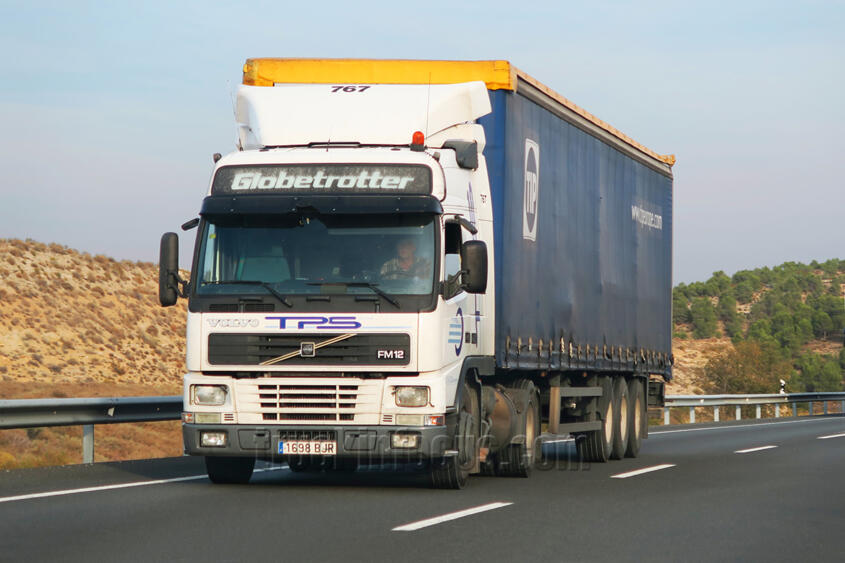
The turn of the millennium
Volvo had sold its car business to Ford for 50 billion kroner (5.5 billion euros) in 1999, and a resale to China's Geely Group followed in 2010. Volvo kept the truck and bus division as an independent unit. The Swedish group wanted to concentrate on the truck business and named itself "Volvo Trucks" in the new millennium.
An important step in the rationalisation process was the complete takeover of Renault's truck division, including the American Mack brand, in 2001. In the summer of 1995, the Swedes had dropped the White brand name and the trucks have carried the Volvo name ever since. It was now decided to continue the three brands Volvo, Renault and Mack independently, but using as many of the same parts and components as possible. In Europe, the NH conventionals from Brazilian production were offered for the first time in 2001. Under the hood worked the well-known technology of the FH.
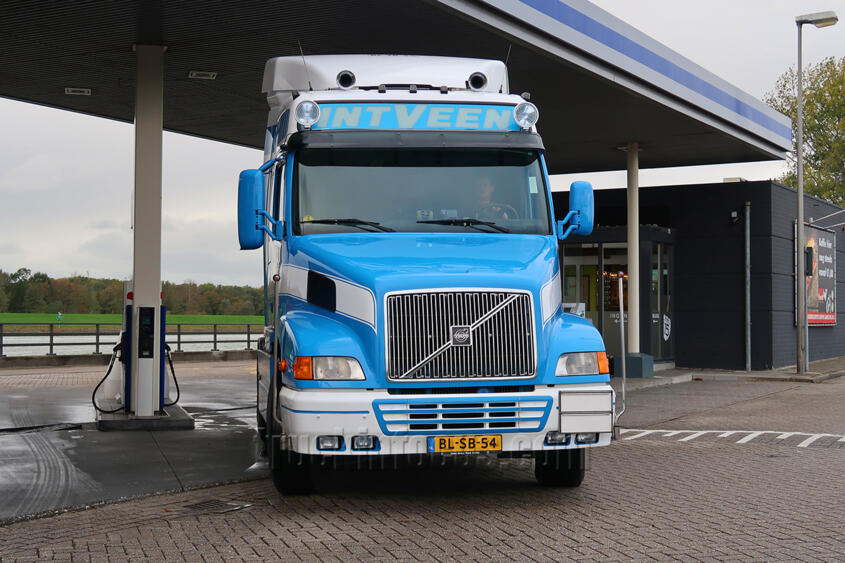
In early 2002, the FH and FM series received a highly visible facelift with a new grille design and upright headlights in an asymmetrical trapezoidal shape. The 2002 FH series was given the generation designation FH 2.
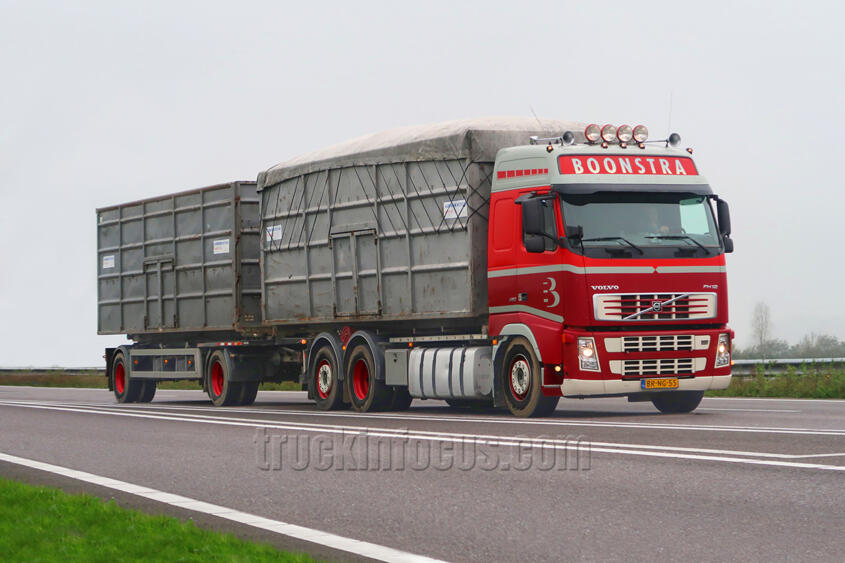

In 2002, the Volvo Group produced more than 157,000 vehicles worldwide, 70,000 as Volvo, 64,400 as Renault and 23,200 as Mack. Production facilities existed in Europe, North and South America, Asia, Africa and Australia. Volvo was still in second place behind Mercedes-Benz.
In 2003, a new FH 16 with a six-cylinder engine displacing 16.1 liters was introduced. The newly developed engine produced up to 610 hp and 2,800 Nm of torque. The electronic unit injectors met the Euro 3 standard.
